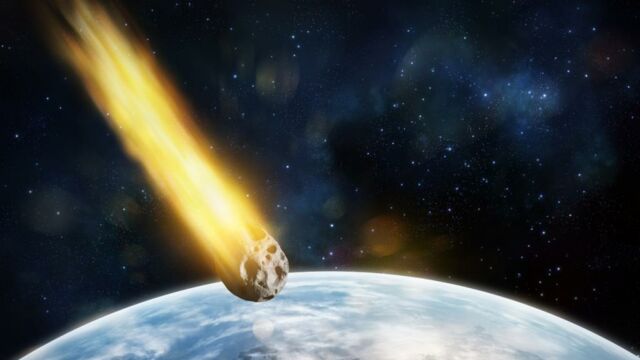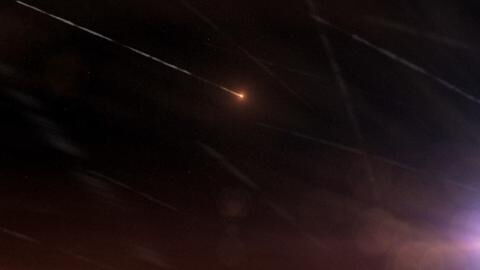Every week, astronomers and space agencies scan the sky for asteroids passing a little too close to us. Naturally, the most massive are the easiest to detect. And one of these celestial objects, first observed in 2008, is considered 'potentially dangerous'. It will pass close to Earth over the next few days.
Discover our latest podcast
(2008 OS7), an Apollo-class asteroid
Most of the asteroids on NASA's weekly list are small. They are often recently spotted asteroids that pose no major threat.
But (2008 OS7) is not average. On the one hand, it was spotted almost 14 years ago (on July 30, 2008 to be precise), and on the other, it's a sizeable object: it's estimated to measure 271 meters.
That's almost the height of the Eiffel Tower, which stands at 330 metres.
This asteroid is potentially dangerous
According to NASA, an asteroid is considered 'potentially dangerous' if it is more than 150 meters long and passes within 7.5 million kilometers of the Earth. This is the case of (2008 OS7), scheduled to pass within 2,850,000 kilometers of our planet on February 2. Note that this is an approach date, not a collision date. Barring a major miscalculation, this asteroid should remain at a safe distance from us and cause no damage.
Read more:
⋙ 'It's a real monster' - NASA's James Webb telescope captures image of transforming galaxy
⋙ NASA receives a laser message from 16 million miles away, here's how it happened
⋙ NASA detects a planet where it rains... sand!
This article has been translated from Gentside FR.
Sources used:
NASA: Next Five Asteroid Approaches
NASA: Small-Body Database Lookup















